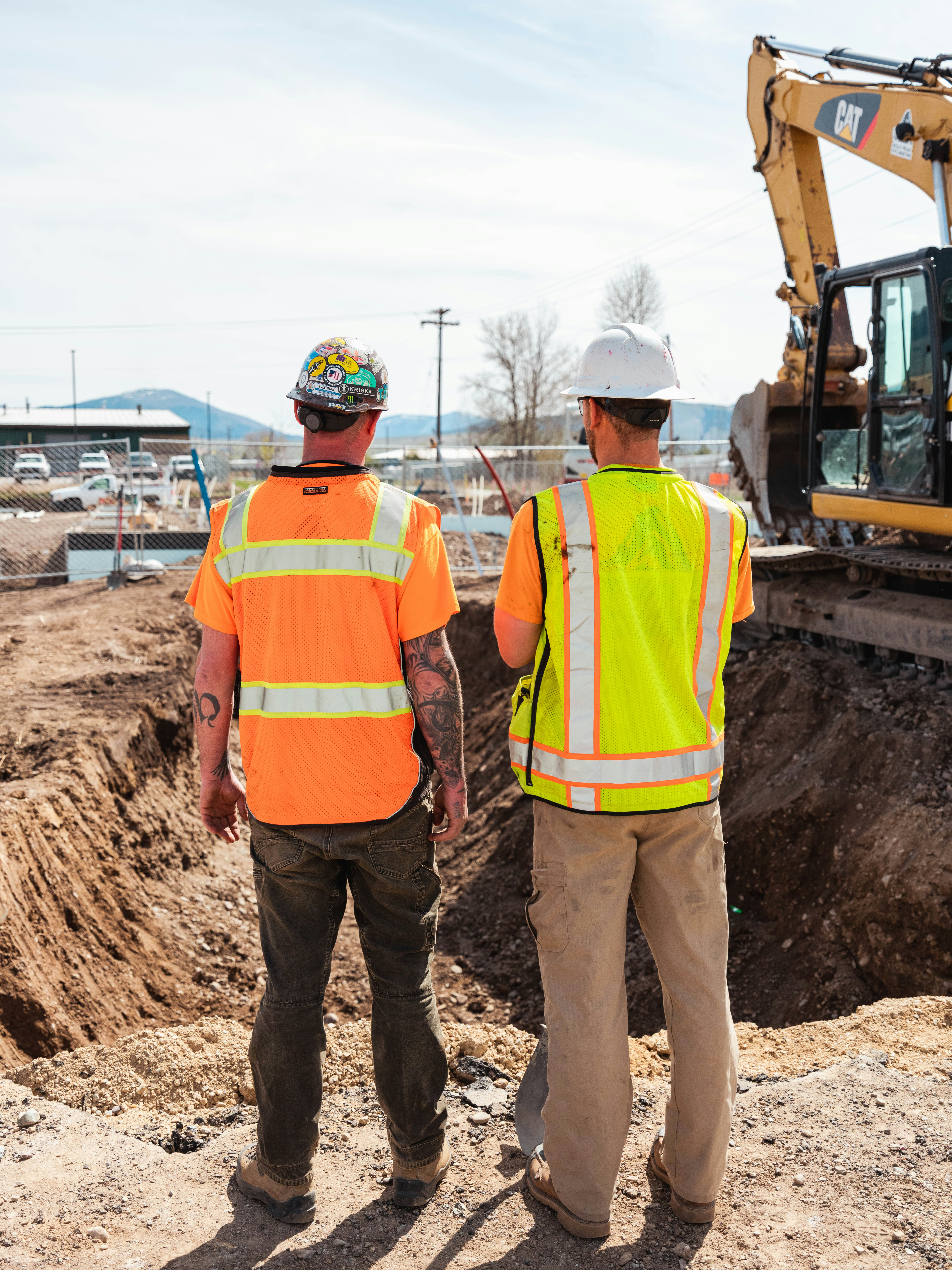Key Findings from a Recent Study
A recent study published in PLOS ONE, authored by Susan Palu and Dr. Hussam Mahmoud, highlights the growing vulnerability of deteriorating U.S. bridges due to climate change. This research, conducted at Colorado State University, focuses on how rising temperatures and clogged expansion joints could jeopardize the structural integrity of thousands of bridges across the country.
The Researchers Behind the Study
Susan Palu was a master’s student in civil engineering when the study was conducted, bringing fresh academic insight into the challenges of aging infrastructure. Dr. Hussam Mahmoud, a professor at Colorado State University and the George T. Abell Professor in Infrastructure, is a renowned expert in sustainable infrastructure and community resilience. With a Ph.D. from the University of Illinois at Urbana-Champaign and over 300 publications to his name, Mahmoud’s research focuses on making infrastructure systems more resilient to natural hazards, including climate change.
The Aging U.S. Bridge Infrastructure
As U.S. infrastructure ages, many bridges are approaching or exceeding their intended design life. Approximately 40% of U.S. bridges are over 50 years old, with around 54,560 classified as structurally deficient. While bridges have been inspected and maintained regularly, this study sheds light on a specific issue: malfunctioning expansion joints, small but critical components responsible for allowing bridge expansion and contraction during temperature changes.
Impact of Climate Change on Bridges
he study examines the effects of climate change on steel-span bridges, which were mass-produced during the highway boom of 1950s to 1970s, when the interstate highway system was being developed. These bridges, when subjected to higher future temperatures, are at risk of developing dangerous levels of thermal stress, especially when their expansion joints are clogged.
When debris builds up in these joints, it prevents the bridge from expanding as temperatures rise. This blockage causes axial pressure on the girders, which, combined with the weight of vehicles, could lead to structural fatigue, cracks, and even failure.
Researchers also studied how temperature changes during bridge construction impact their strength.
They looked at four scenarios: building bridges in winter, spring, summer, or fall. They found that:
- If built in winter, 100% of bridges might be too weak.
- If built in spring, 97% might be too weak.
- If built in summer, 83% might be too weak.
- If built in fall, 95% might be too weak.
Most Vulnerable Regions
The study identifies bridges in the Northern Rockies, Upper Midwest, and Northwest as the most vulnerable, particularly in states like North Dakota and South Dakota. These regions are likely to experience more severe temperature variations, exacerbating the effects of clogged joints and adding stress to already aging structures.
A Call for Action
With over 89,000 simply supported steel girder bridges analyzed, the study advocates for immediate attention to maintaining and clearing bridge expansion joints. It emphasizes that neglecting to address these climate-related challenges could lead to substantial economic and social costs. Prioritizing repair and maintenance will be essential to ensure the safety and longevity of U.S. infrastructure in the face of climate change.
Summing Up
This groundbreaking study, conducted by Susan Palu and Dr. Hussam Mahmoud at Colorado State University, offers critical insights into how climate change is accelerating the deterioration of U.S. bridges. Without intervention, the impact on national infrastructure could be catastrophic. Policymakers, engineers, and transportation authorities are urged to take immediate steps to mitigate these risks and protect public safety.
By staying ahead of these challenges, the U.S. can safeguard its infrastructure from the growing threat of climate change.
Source: Palu, S., & Mahmoud, H. (2019). Impact of climate change on the integrity of the superstructure of deteriorated U.S. bridges. PLOS ONE, 14(10), e0223307. https://journals.plos.org/plosone/article?id=10.1371/journal.pone.0223307.

